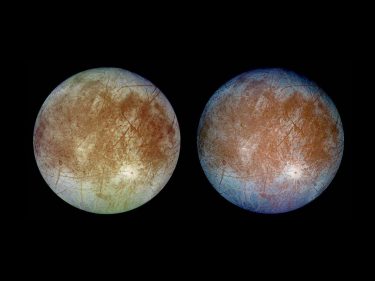
Researchers from the University of Washington and the University of California, Berkeley have conducted experiments that measured the physical limits for the existence of liquid water in icy extraterrestrial worlds. This blend of geoscience and engineering was done to aid in the search for extraterrestrial life and the upcoming robotic exploration of oceans on moons of other planets.
The results were recently published in Cell Reports Physical Sciences.
“The more a liquid is stable, the more promising it is for habitability,” said co-corresponding author Baptiste Journaux, an acting assistant professor of Earth and space sciences at the UW. “Our results show that the cold, salty, high-pressure liquids found in the deep ocean of other planets’ moons can remain liquid to much cooler temperature than they would at lower pressures. This extends the range of possible habitats on icy moons, and will allow us to pinpoint where we should look for biosignatures, or signs of life.”
Jupiter and Saturn’s icy moons — including Europa, Ganymede and Titan — are leading candidates within our solar system for hosting extraterrestrial life. These ice-encrusted moons are thought to harbor enormous liquid oceans, up to several dozen times the volume of oceans on Earth.
Read more at UW News »
